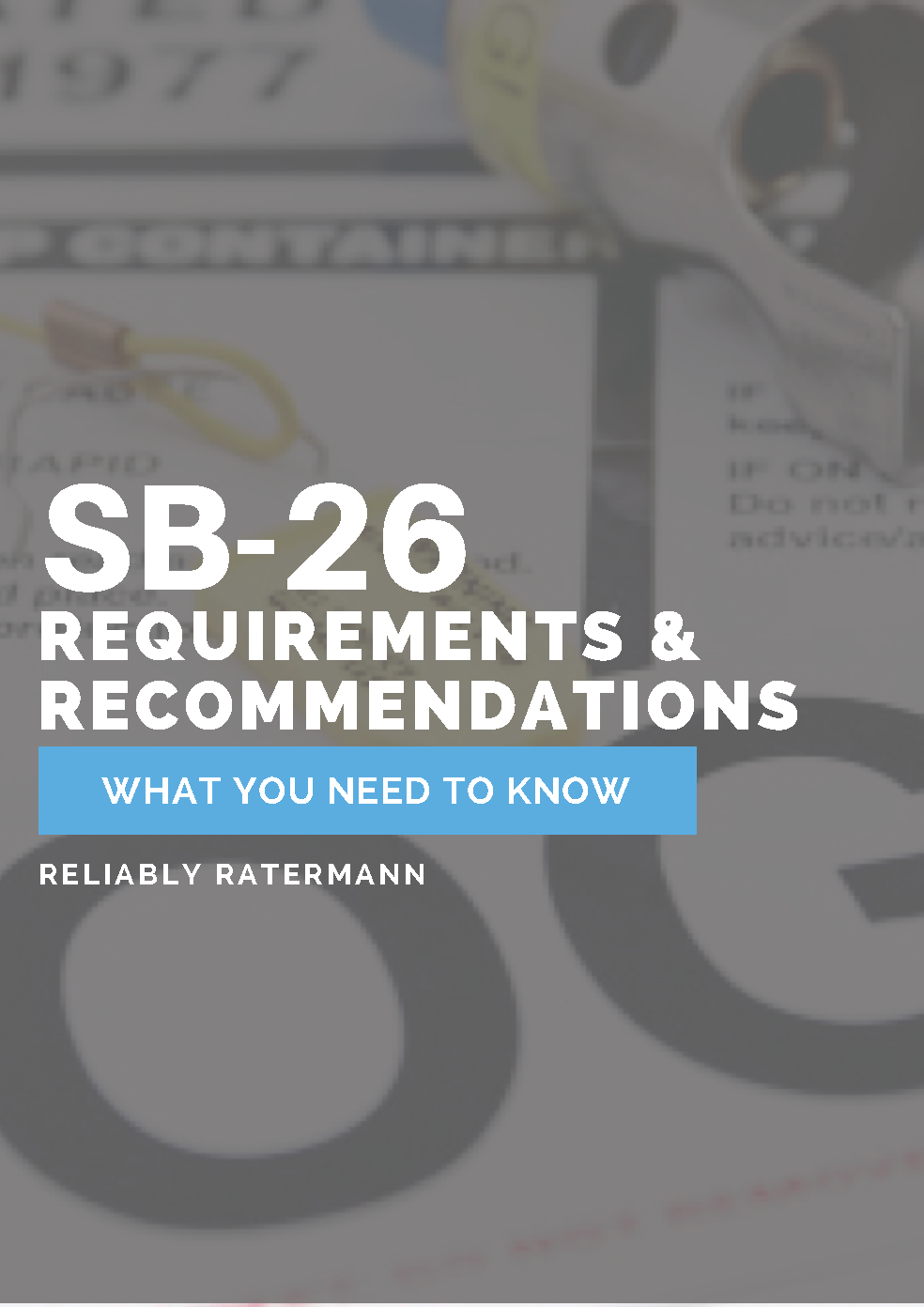Ratermann Learning Center
A hub providing relevant information and updates on industrial gas, cryogenics, and CGA regulations, as well as industry specific solutions for fill plants, beverage distribution and medical gas supplies.

Cryogenic Corner | cryogenic equipment | cryogenic valves
By:
Lance Looper
June 7th, 2023
Positive displacement systems can be found across a broad range of industries where accurate and precise fluid or gas transfer or pumping is imperative. In the simplest of terms, a positive displacement system displaces a specific quantity of liquid for every revolution or cycle that a pump completes. The flow rate is directly proportional to the speed and number of pump cycles over a given time.

Cryogenic Corner | cryogenic equipment | cryogenic valves | master valves | generant
By:
Lance Looper
May 16th, 2023
Gone are the days when it took a box wrench to open and close a fill plant master valve, when the end of the day meant a sore hand and wrist from forcibly operating valves. The newly designed Generant High Pressure Master Valve takes that struggle away. Designed for the tough requirements of cylinder fill plants, manifold and piping system applications, the MV series valves are the best in the industry.

Refresh your understanding of the critical preventive measures that have been shown to save lives by subscribing to our blog for a free download of our guide: Ratermann's guide to SB-26 & our reccomendations to prevent gas mix-ups.

industrial gas supplies | Cryogenic Corner | cryogenic equipment | cryogenic valves
By:
Lance Looper
May 3rd, 2023
Designed specifically to prevent leaking in cryogenic applications, the Worcester C44 Series Ball Valve is highly preferred by technicians in the field for a number of reasons:

liquid nitrogen | ratermann mfg | Cryogenic Corner | cryogenic equipment
By:
Craig Pagano
April 20th, 2023
The Occupational Safety and Health Administration (OSHA) Respiratory Standard defines a life-threatening oxygen-deficient atmosphere as anything below 19.5 percent. An oxygen-deficient environment can very rapidly lead to hypoxia (the condition in which the brain and body organs and tissues are deprived of oxygen) and death – thus the extreme importance of having oxygen deficiency alarms in any enclosed environment storing compressed gasses or cryogenic liquids.

lubricants | ratermann mfg | Cryogenic Corner | cryogenic equipment | cryogenic valves
By:
Lance Looper
January 26th, 2023
Liquid cylinder repair and maintenance can add up to big bucks for gas distributors – but it doesn’t have to. We have one simple tip that can keep cylinders in good working order and result in significant cost savings.